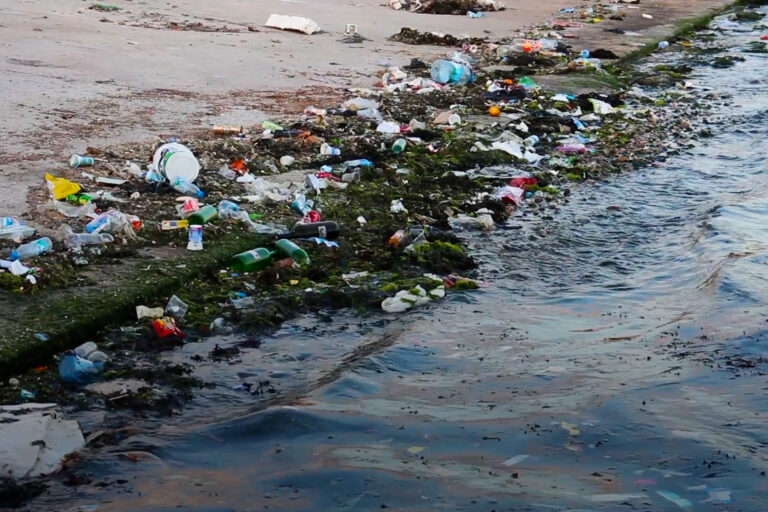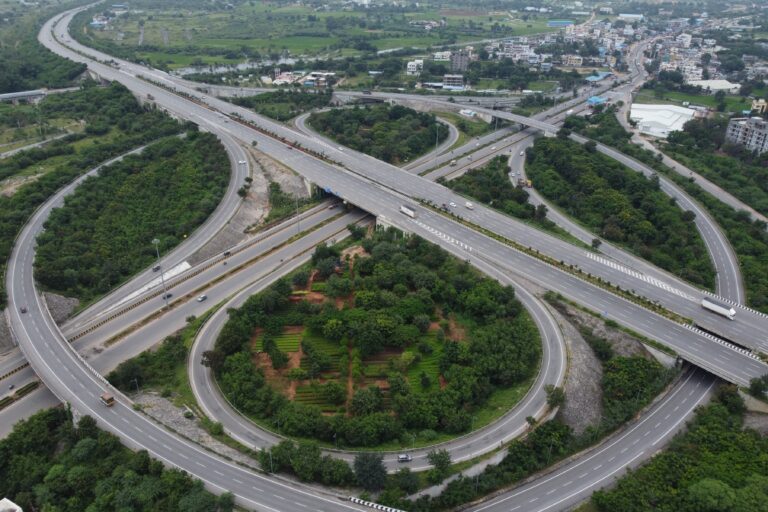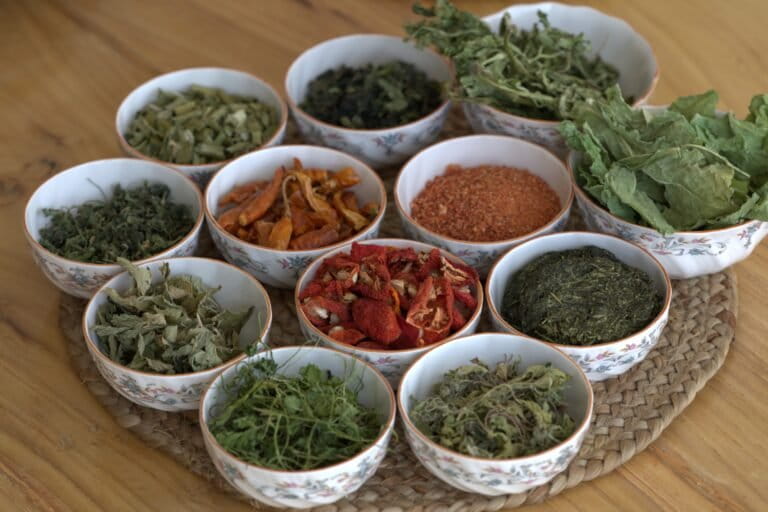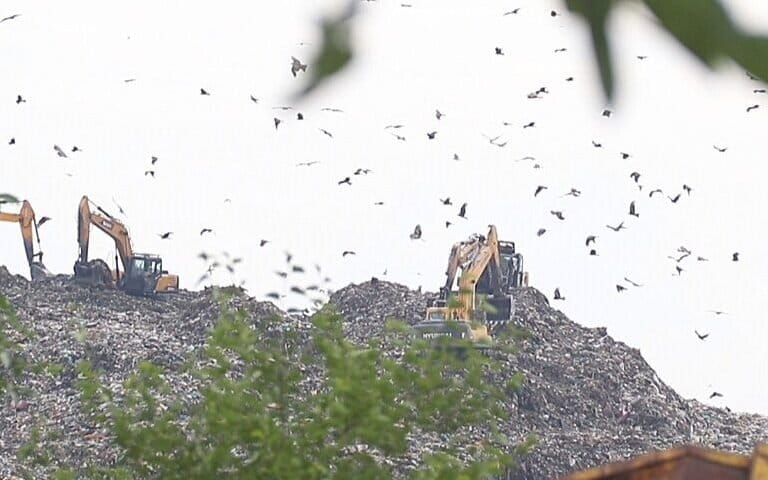- Issues of access and benefit-sharing from digital sequence information on genetic sources (DSI) will be a critical point of negotiations at the UN Biodiversity Conference or COP15 in Montreal, Canada.
- Lack of clarity on the definition of DSI, challenges in the traceability of the country of origin of DSI through digital databases, apprehensions around losing open access to DSI data, and divergent views on multilateral or bilateral policy options on benefit-sharing from DSI compound the negotiations.
- Little progress was made on DSI at the pre-COP15 Open-Ended Working Group (OEWG-5) meetings, to advance a refined, less bracketed draft text of the GBF, that will set the stage for the final COP15 negotiations.
As Parties to the Convention on Biological Diversity debate the issue of access and benefit-sharing from digital sequence information on genetic sources (DSI) at the UN Biodiversity Conference (COP15), a section of scientists has proposed a multilateral framework where access to DSI from genetic resources is “decoupled” from benefit sharing.
This mechanism precludes the need to trace the country of origin of the genetic resource from where the DSI was extracted and can support biodiversity conservation and sustainable use without compromising on open access to the resources, say scientists at the DSI Scientific Network in a paper that describes this proposed framework.

“Access to DSI from genetic resources is ‘decoupled’ from benefit-sharing from DSI because payment would not be triggered by access to the databases but rather downstream at the point of commercialization or retail,” study co-author and DSI Scientific Network member Amber Scholz, told Mongabay-India.
However, the scientific data in the databases can be harnessed such that low-and-middle-income countries (LMICs) that grant more access to genetic resources that result in DSI and become part of the global database would receive comparatively more funds, says Scholz, deputy to the director at Leibniz-Institut DSMZ German Collection of Microorganisms and Cell Cultures, Germany.
“This mechanism is seen by some as an attractive compromise because it does not require tracking the country of origin of the genetic resource from where the DSI was extracted throughout the value chain but only relies on the entry point of the DSI into the databases,” she added.
DSI refers to data from DNA or RNA that can be stored digitally. DSI is essential to life sciences, including biodiversity research and research related to food security, public health, plant and animal health, and beyond. Access and benefit sharing (ABS) on DSI from genetic resources could be a “flashpoint” in the fifteenth meeting of the Conference of the Parties (COP) to the Convention on Biological Diversity (CBD) or COP15 underway in Montreal, Canada, said Elizabeth Maruma Mrema, the CBD’s executive secretary at a media briefing in November.
Little progress was made on DSI at the pre-COP15 Open-Ended Working Group (OEWG-5) meetings, to advance a refined, less bracketed draft text of the GBF, that will set the stage for the final COP15 negotiations. An entirely bracketed non-paper containing building blocks for a potential decision was forwarded to COP15.
Vishaish Uppal, Director of Governance, Law, and Policy, WWF India at a press briefing on the main takeaways from the Working Group’s meetings shared that although there is still a long way to go as the entire text is still to be negotiated, there is an emphasis in the text that the “benefits from digital sequence information on genetic resources should be used to support conservation and sustainable use of biodiversity and that the main recipients of such benefits need to be indigenous people and local communities who are the custodians of resources and associated traditional knowledge.”
“We really need an agreement and a recommendation on how to address digital sequence information on genetic resources in the context of the post-2020 GBF,” Uppal told the media.
International agreements are unclear on how to administer DSI and share its benefits. The benefits from genetic resources are, therefore, not always shared equitably, even though this is a responsibility of governments under international law, according to an IUCN Issues Brief. Currently, access to DSI is free and open, but this might not necessarily be the case in the future, it adds.
To many Parties, this openness reflects lost opportunities in benefit sharing.
“At the same time, apprehensions are also growing that the solutions to closing these loopholes may adversely impact open access and research and innovation across the globe, including for scientists in LMICs (low and middle-income countries) and for their research that builds up the bioeconomy in LMICs,” agricultural scientist Rajeev Varshney, Director, Centre for Crop and Food Innovation, Murdoch University, Australia, told Mongabay-India.
DSI provider-user trends
Varshney, also a member of the DSI Scientific Network, adds that despite rapid digitalisation in LMICs, a clear digital divide exists between LMICs and high-income countries regarding the ability to take full advantage of modern genomics, bioinformatics, and biotechnologies.
Several LMICs that are rich in biodiversity are of the opinion that their sovereign rights have been compromised in cases where benefits arising out of DSI produced from their genetic resources have not been shared with them. One example of inequitable benefit sharing from access to DSI includes the development of the biosynthetic forms of Stevia products.
“Stevia rebaudiana produces a compound that is 100 times sweeter than sugar but has remarkably fewer calories. Indigenous farmers of Paraguay have cultivated the plant for centuries. Based on sequence information, the patent on biosynthesis genes producing steviol glycosides is owned by Evolva, a Swiss-headquartered biotech company. The monetary benefits constantly reaped by the corporates have exposed the vulnerability of the principle of equitable benefit sharing associated with DSI. Furthermore, the industry-scale production of Stevia products outside of South America has gravely threatened the future of traditional farming and the knowledge of the indigenous people of Paraguay,” added Varshney.
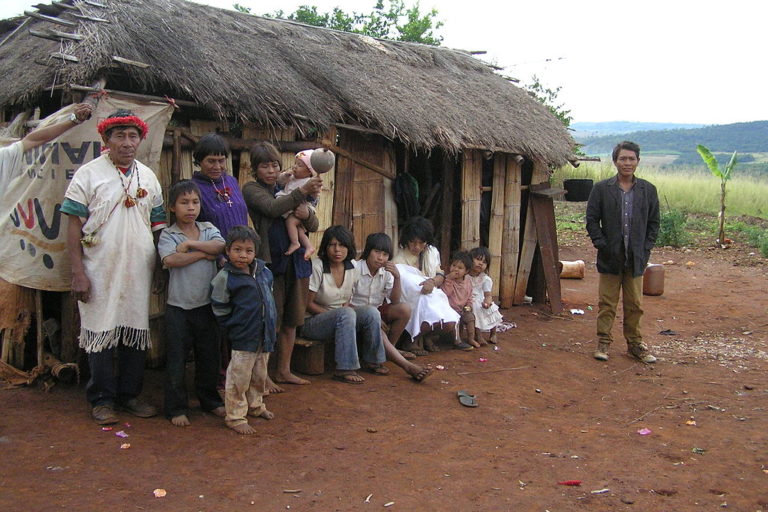
“However, at the same time, in my opinion, several of these countries (LMICs) have also been beneficiaries of the DSI generated in other countries. It is not a one-way street but a two-way street,” explained Varshney.
According to a 2021 myth-busting study on the provider-user relationship for DSI, the largest providers of genetic resources that result in publicly available DSI are not LMICs but the U.S., China, Canada, and Japan. These 4 countries were the source country for 52% of the global DSI dataset held by the International Nucleotide Sequence Database Collaboration (INSDC) databases, a core set of three global DSI databases. India was the genetic resource provider country for 3.46% of DSI to the INSDC. As many as 94 countries are using Indian DSI; Indian scientists are using DSI from 150 countries.

“All countries are both providers and users of DSI,” corroborates Scholz.
Therefore, according to Scholz, future policy decisions around the handling of DSI should account for the complexity of geographical provision and use trends.
India became a signatory to the CBD in 1994. After India ratified the CBD, India became one of the first countries to enact a law, the Biological Diversity Act, in 2002, to implement the treaty within its borders. The National Biodiversity Authority (NBA) was established in 2003 to implement the Biological Diversity Act. One of the significant failures of the Act is that benefits accrued under the ABS provisions are not reaching the communities who should be receiving 95 percent of it.
A multilateral framework
Elaborating on the proposed framework, Scholz adds that instead of tracking and tracing individual use and individual pieces of DSI over the entire value chain of non-commercial and commercial use, one could take a snapshot right at the beginning of the DSI going into the system and use this information to inform the distribution of funds.
“And the side effect is that the complex, integrative R&D process can take place without bureaucratic red tape. Have DSI users put (money) into a multilateral fund based on simple, global rules, and when you want to distribute the money out of the fund, you ask what countries gave access to genetic resources that resulted in DSI? Those countries get a bonus payment, or they’re entitled to more access from the multilateral system because they put more into the system. That seems fair,” she said.
Recognising that Parties are hesitant to trust a multilateral system for benefit sharing, countries would have to take a leap of faith to place their trust in such a system, and financial commitments would help build that trust. “I think it’s on the industry and probably on the industrialized countries to indicate with a very early demonstration of financial commitments that they are committed to this system working,” Scholz added.
The DSI Scientific Network holds that a bilateral system of access-benefit sharing (ABS) modelled on the principles of the Nagoya Protocol of the CBD, which required permission between the end-user and the country of origin for every sequence and user transaction, would be “prohibitively complex, affect data interoperability, and be ill-suited for generating knowledge” regards to DSI.
Scientific organisations and other stakeholders advocate for multilateral mechanisms, given that large-scale datasets and knowledge on DSI are currently shared through a complex network of databases and scientific collaborations, added Varshney.
Defining DSI
KC Bansal, former director of India’s National Bureau of Plant Genetic Resources, adds that the lack of clarity on the definition of DSI also adds to the basket of challenges for negotiators to tackle DSI. DSI is a placeholder, and there is no consensus on a replacement term.
“The ABS mechanism implemented in the Nagoya Protocol (NP) of CBD is focused on genetic resources (i.e., physical material). But DSI is the information obtained through sequencing of the genome. Because of advanced technologies, especially omics, we have been able to convert our (physical form) genetic resources into DSI. And these DSI are housed in open databases,” said Bansal.
DSI does not exist ‘per se’ until a scientist has done experimentation and produced new data.

“So, there is an in-between (which also costs significant funds and staff time) to produce DSI. This new, non-physical information cannot be understood until it is compared to the global library of sequences. Thus, scientists routinely exchange these data in large databases that help them identify and comprehend what these data mean. This open system makes it extremely challenging to be governed by the bilateral (1 scientist, 1 country) ABS procedure,” explains Varshney. The dilemma is: how can one obtain benefits from digital data without breaking the open system that is needed to make these data understandable and usable?
“And as biology undergoes rapid change, the definition of DSI will also become very important. Negotiators should future-proof any agreement on DSI to try to ensure a broad definition that enables broader benefit-sharing and accommodates any technological advances and use of DSI, such as artificial intelligence. A definition that covers nucleotide sequence data (DNA/RNA) and other omics information (transcriptomes, proteins and metabolites) resulting from using genetic resources will provide a future-proof solution,” Varshney adds.
“Even before we talk of benefit-sharing and multilateral approach, we need to be clear on how we handle (as some countries want it) delinking (physical) genetic resources from DSI or coupling DSI to genetic resources,” Bansal, also a member of the DSI Scientific Network, told Mongabay-India.
Read more: India is pitching for a 30 by 30 vision at the Montreal biodiversity COP
Banner image: A Stevia farm. Representative image. Indigenous farmers of Paraguay have cultivated Stevia rebaudiana for centuries. Based on sequence information, the patent on biosynthesis genes producing steviol glycosides is owned by Evolva, a Swiss-headquartered biotech company. Photo by CIAT-NeilPalmer/ Flickr.






